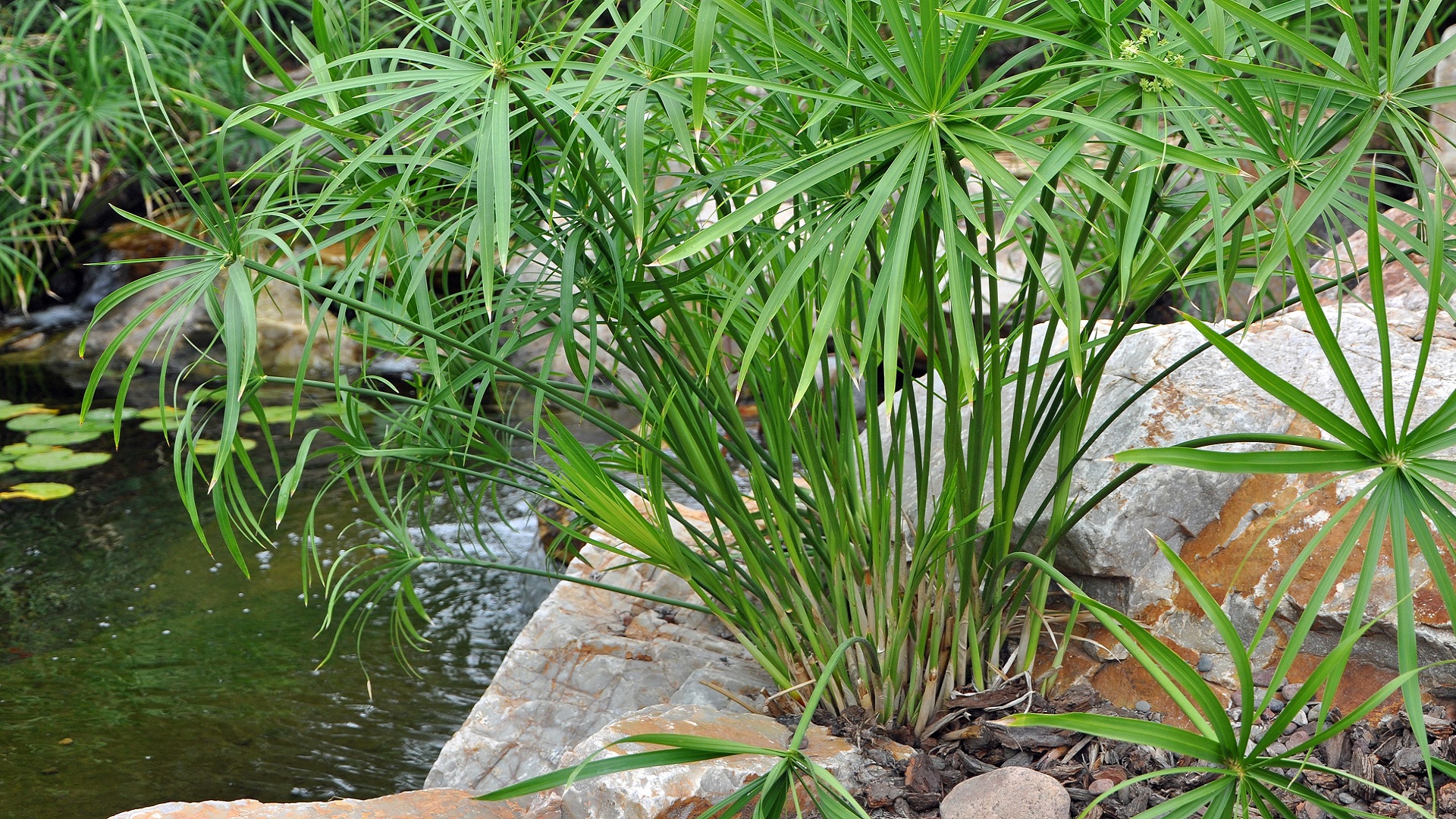In projects where, like waterparks, outdoor areas are highly important, the design of gardens and the choice of plant species are fundamental tasks in their landscaping. This is true even if these water parks are part of the attractions of a campsite, hotel, resort, or shopping centre, or even if they are other leisure and tourism areas, or even if they are independent facilities.
One of the first tasks for such landscaping work will be to obtain information in order to know which plants are adapted to the climate of the area, what stage of growth they are in, and details of this nature. If necessary, the chosen species will be reserved in local nurseries in order to ensure their proper development after transplanting.
In any case, the following criteria should be considered when selecting the species:
–Detachment of leaves that may obstruct the overflows of the pools, or of fruits that stain or leave the ground sticky.
–Proximity of branches and/or roots to buildings and pools.
–Toxicity of any of its parts.
-Presence of sharp or thorny parts.
–Irrigation needs and water consumption.
-In the case of large trees, their ability to provide shade.
-For shrubs, their ornamental value (flowers, attractive leaves, etc.).
-For ground cover plants, their resistance.
-For aquatic plants, their exotic and lush appearance.
-Whether they are deciduous or evergreen.
In arid or extreme climates, it is important to develop low-water-use gardening (or xeriscaping). In these cases, lawns should be replaced by other types of ground cover and succulents and aromatic plants for dry climates should be chosen. Furthermore, in these environmental settings, volcanic gravels are a good resource for covering landscaped areas.
Furthermore, it is also advisable, among other measures, to use additional elements to provide shade. In water parks with theming, it will be necessary to select plant species that belong to a specific habitat or ecosystem, in harmony with their theming. Finally, it should be added that some species of flora can be used as barriers to impede passage, or even to stop the wind.
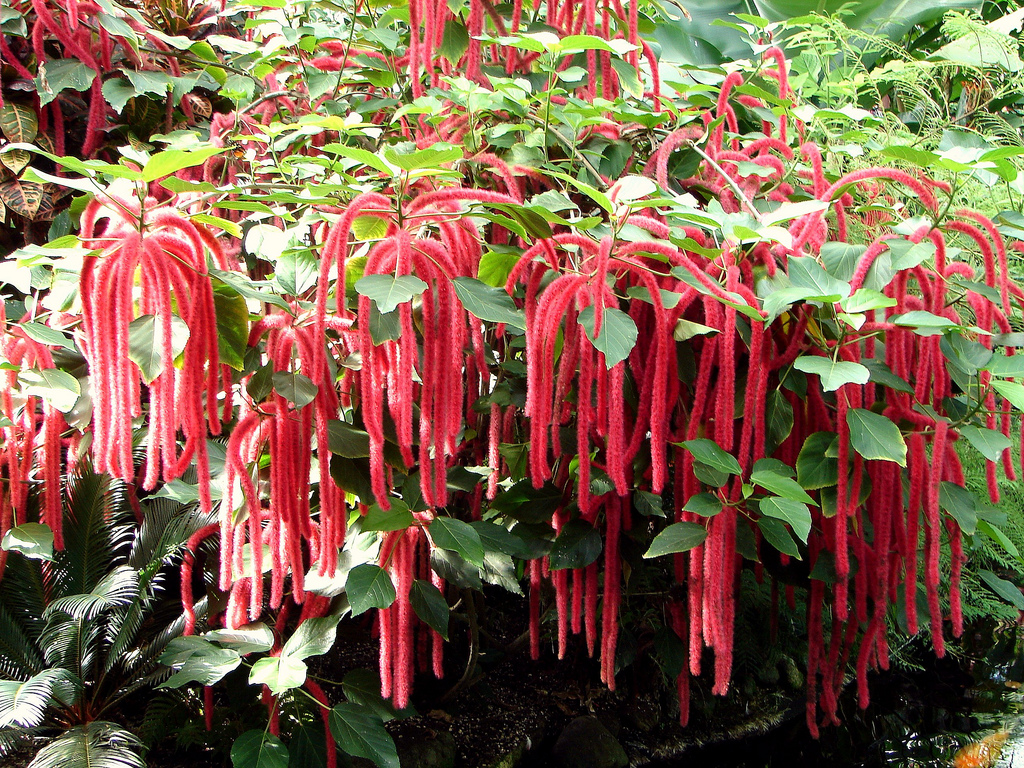


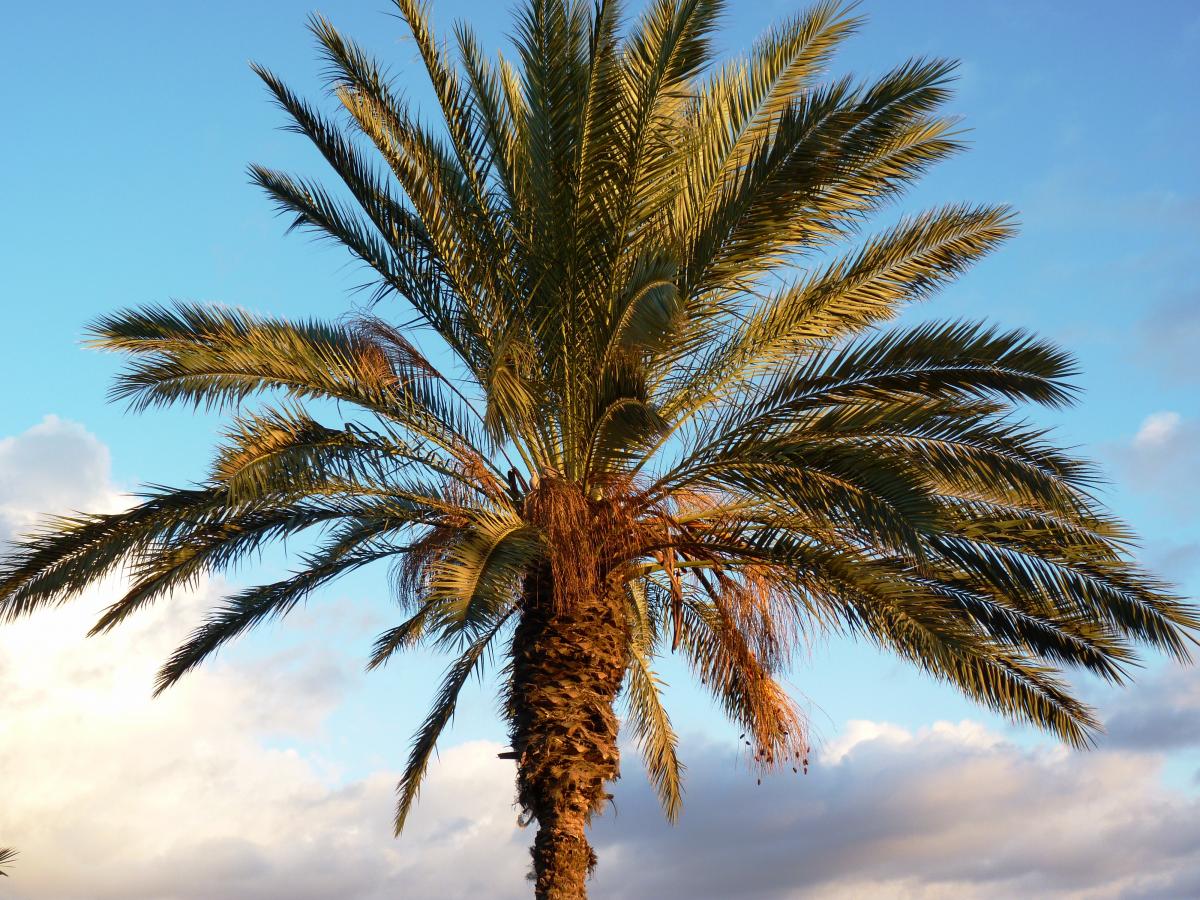
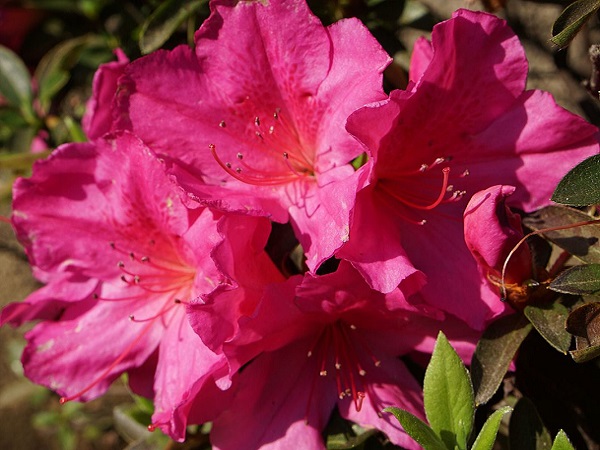
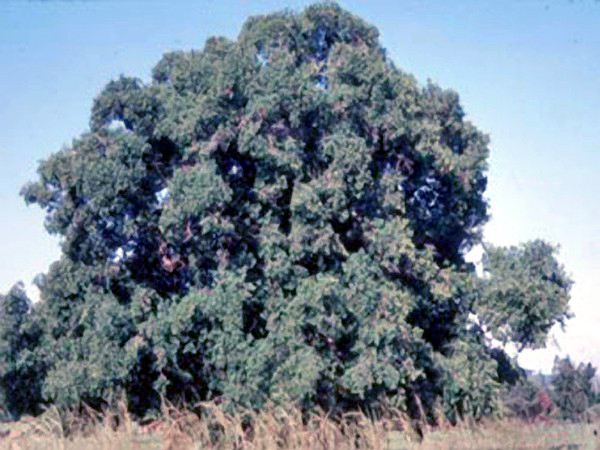
Here is a non-exhaustive list of different plant species useful in landscaping:
–Trees: Madagascar Flamboyant (Delonix regia, very ornamental), Jacaranda, Indian Laurel (Ficus microcarpa, provides good shade), Tipuana (Tipuana tipu), European Hackberry (Celtis australis).
–Shrubs and flowers: Azalea, Hibiscus, Alpinia, Red Frangipani (Plumeria rubra), Queen of Philippines (Mussaenda philippica), Jungle Geranium (Ixora coccinea), Oleander (Nerium oleander), Chenille plant (Acalypha hispida).
–Grasses and ground cover plants: Bermuda Grass (Cynodon dactylon, a heat-resistant grass), Lampranthus aureus (succulent and orange-flowered), Begonia semperflorens (perennial flowering), Cordyline, Vinca Major.
–Ferns and aquatic plants: Fern, Marsh Taro (Cyrtosperma merkusii), Papyrus (Cyperus papyrus), Ravenna grass (Tripidium ravennae), Aralia (Fatsia japonica).
–Palm trees: Washingtonia robusta, Phoenix dactylifera.
–Aromatic plants: Rosmarinus officinalis, Lavandula angustifolia.
–Barrier plants: Western red cedar (Thuja plicata atrovirens) or the Cherry laurel (Prunus laurocerasus) are common examples.
By way of illustration, here are some of the examples mentioned:
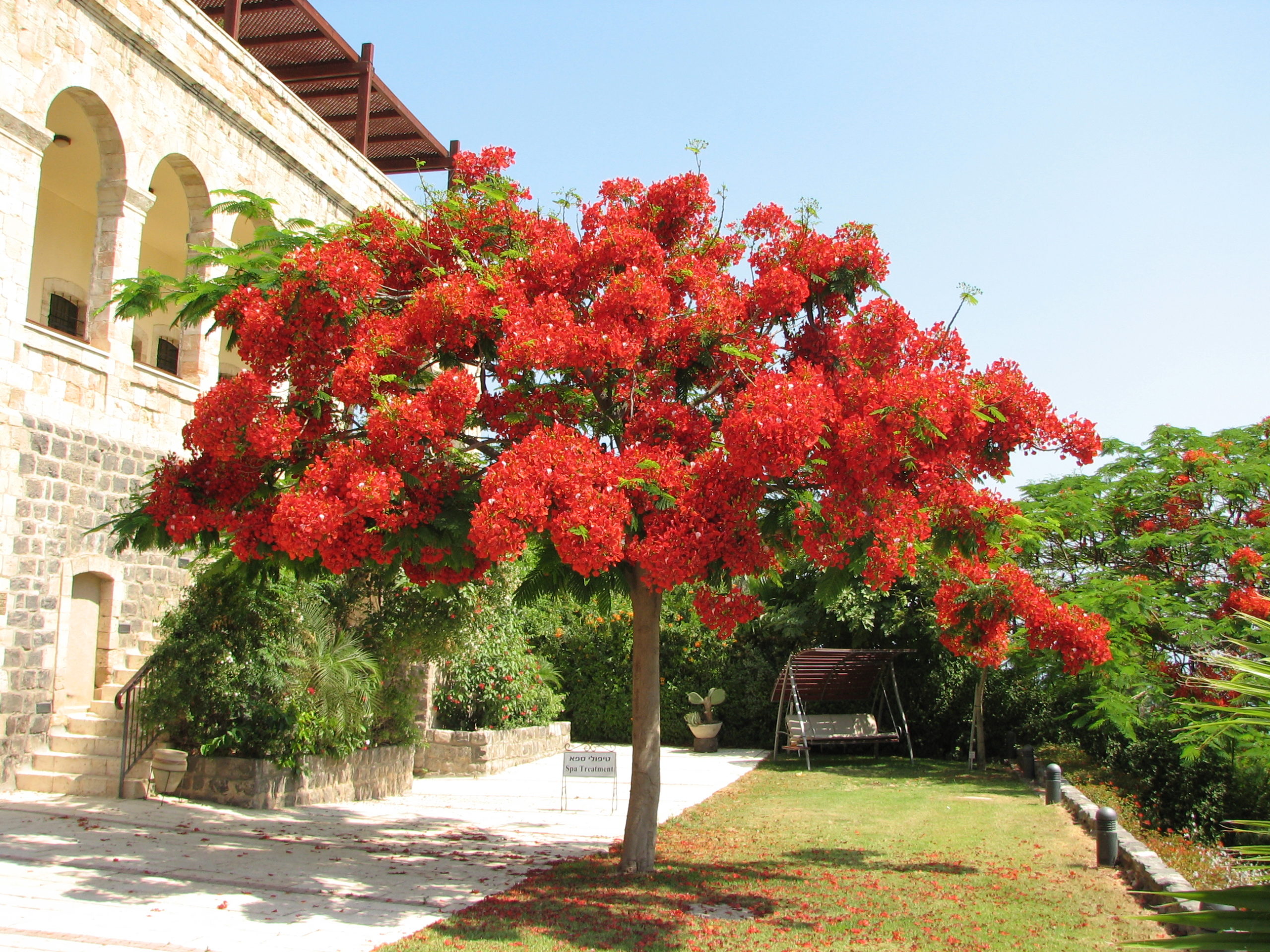
Madagascar Flamboyant. Used discreetly, ornamental trees can enhance certain points or perspective backgrounds.
Aquatic plants near pools, such as umbrella plants, add naturalness and shorten perspectives.
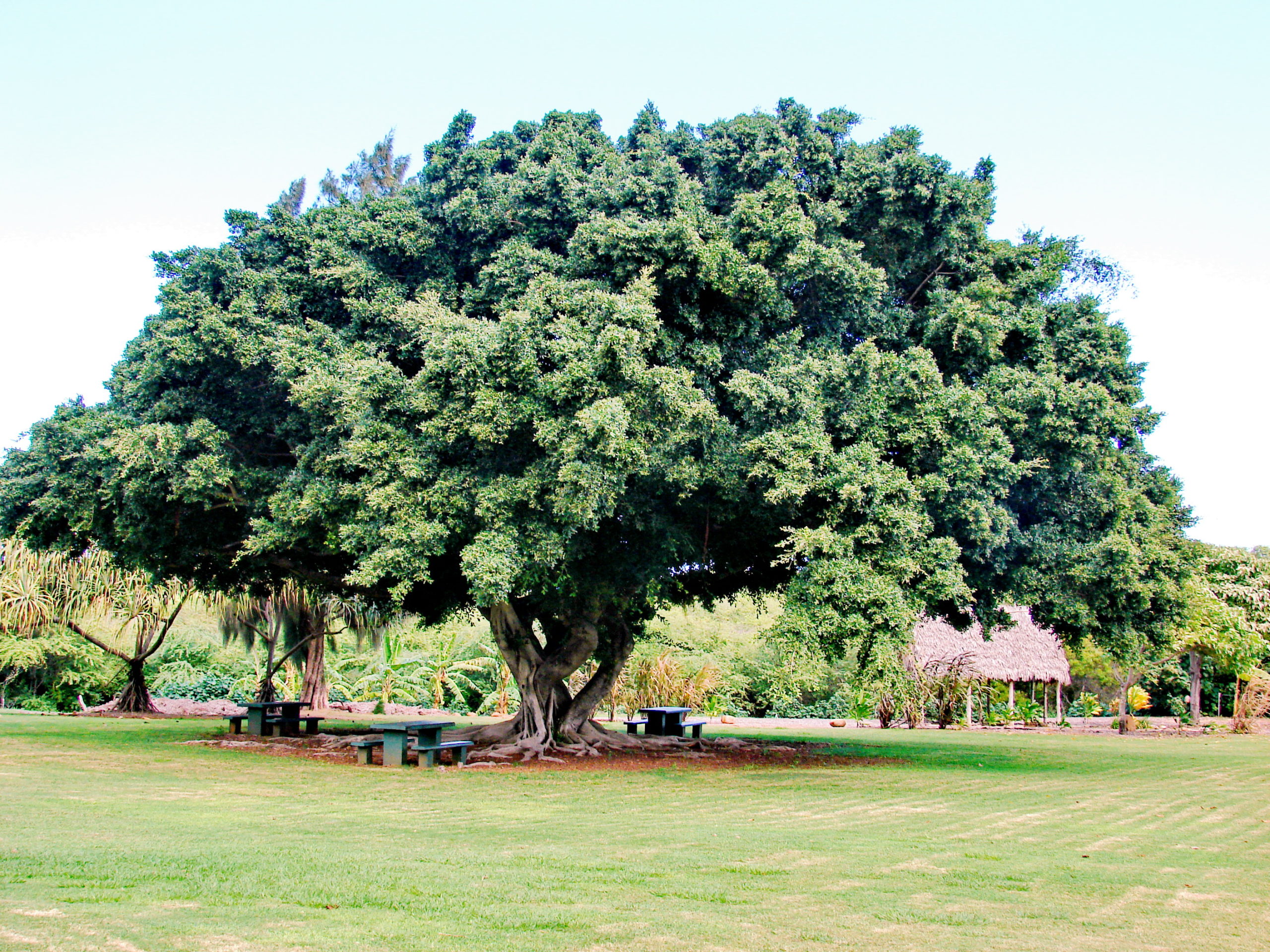
Trees such as the Ficus microcarpa grow quickly, provide abundant shade and have very interesting trunks and shapes.
By Miquel Solís, senior architect in Amusement Logic’s Architecture Department.


